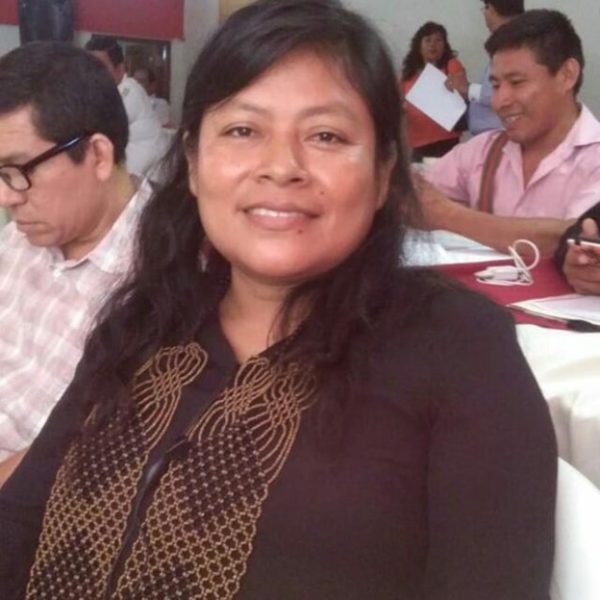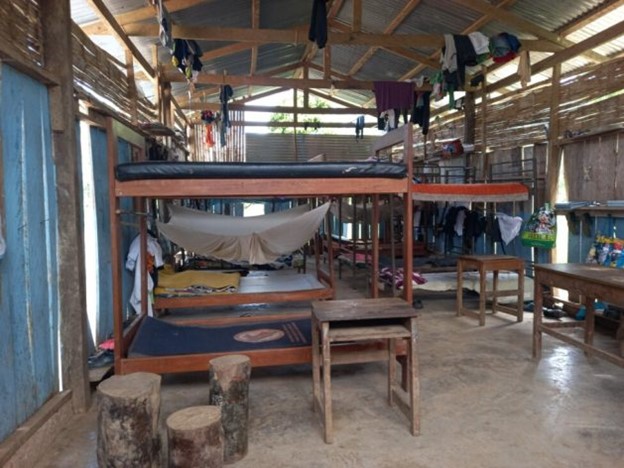
HAVANA TIMES – The main fear facing women leaders who have denounced the systematic rape of girls from the Awajún indigenous people announced by the authorities, it will all come to nothing.
“Our reports started in 2010 and the government has not acted to eradicate rapes against girls. We fear that once again there will be impunity, and the government is very strategic in this,” said Rosemary Pioc, president of the Awajún/Wampis Umukai Yawi (Comuawuy) Women’s Council, from the municipality of Condorcanqui, to IPS.
In June, women leaders from Comuawuy reported the rape of 532 girls between 2010 and 2024 in schools of Condorcanqui, one of the seven provinces of the department of Amazonas. These schools provide bilingual education to children and teenagers between the ages of five and 17.
Girls as young as five years old have died in these schools and shelters, infected with HIV/AIDS by their aggressors.
This is aggravated sexual violence against indigenous girls living in poverty and vulnerability, while sexual aggression against minors is on the rise in this South American country of 33 million inhabitants.
“I’ve picked up abused, bloodied girls, and I’ve listened to their despair when their parents paid no heed when told of the rapes”: Rosemary Pioc.
According to the Ministry of Women and Vulnerable Populations, Peru registered 30,000 reports of sexual violence against children under 17 years of age in 2023.
However, many cases do not reach the public authorities due to various economic, social and administrative barriers, especially when rural populations or indigenous communities are involved.
Peru has 55 indigenous peoples, with a population of four million, living in the national territory since time immemorial, according to the Ministry of Culture database.
Four of these indigenous peoples live in Andean areas and 51 in Amazonian territories, including the Awajún people, who live in the departments of Amazonas, San Martín, Loreto, Ucayali and Cajamarca. However, 96.4% of the indigenous population are Andean peoples, mainly Quechua, and only 3.6% are Amazonian peoples.
Although national and international law guarantee their rights and identities, in practice this is not so for indigenous girls, while poverty and inequalities in access to education, health and food persist.
According to official 2024 figures, 30% of the national population lives in poverty. When differentiated by ethnic self-identification, this rises to 35% among those who learned a native language in childhood.
Extreme poverty reached 5.7%, a national average that rises to 10.5% in Amazonas, a department with more than 433,000 inhabitants, where indigenous families live mainly from agriculture, hunting, fishing and gathering wild fruits.

“I’ve picked up bloodied girls”.
Bilingual intercultural education is a state policy in Peru.
Thus, student residences were created to enhance


